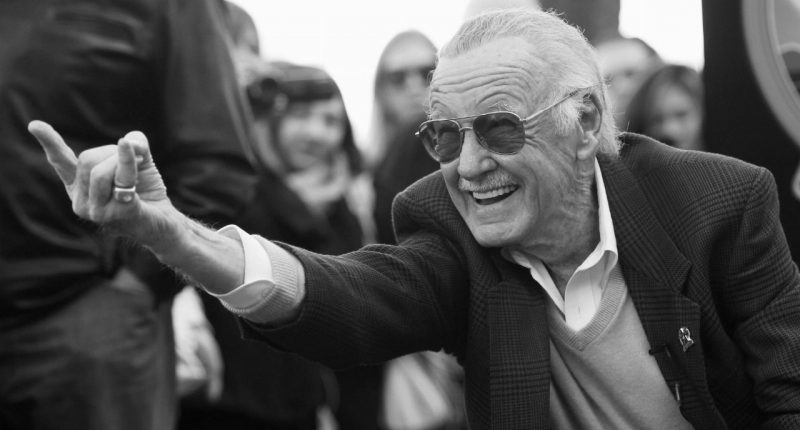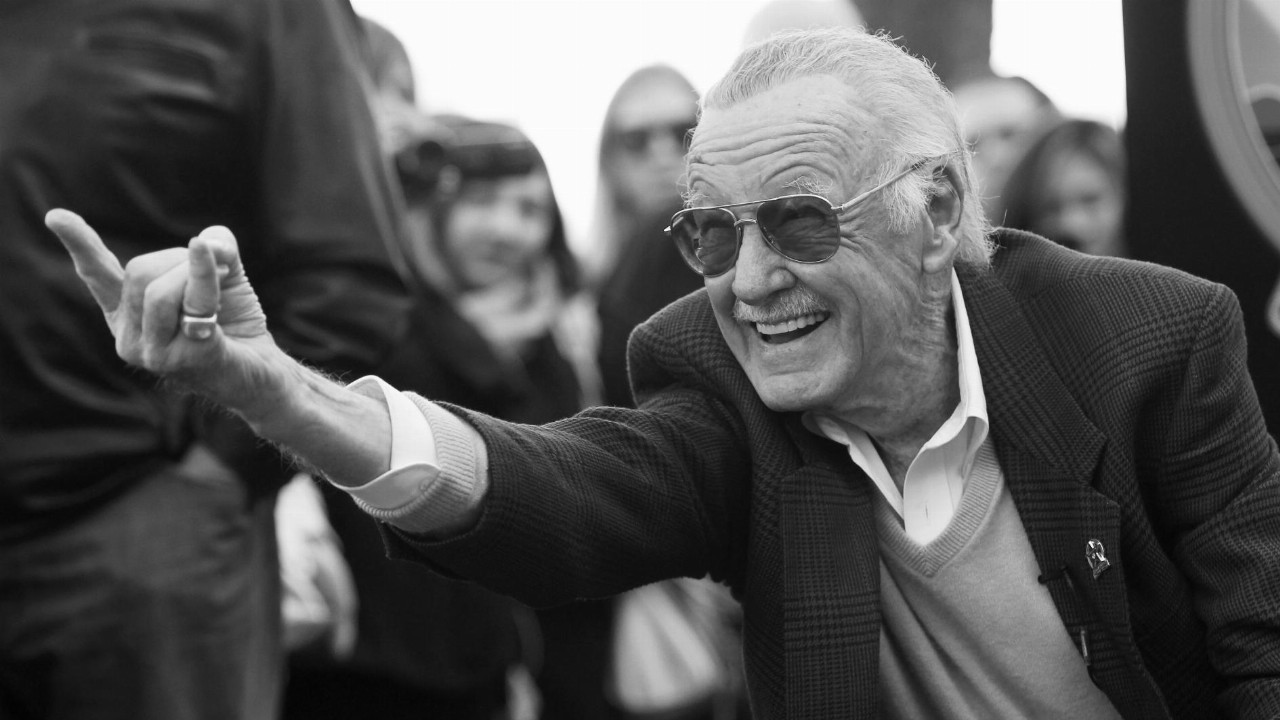Until his death in 2018, fans of Marvel comics could, when going to see their favourite superheroes on the big screen, look forward to a cameo — sometimes big, sometimes small — from Stan Lee, the publisher’s most influential writer. Filming schedules being what they are, Lee continued to pop up in small scenes here and there for some time after his death, with his final appearance coming in the appropriately titled Avengers: Endgame in 2019.
But nowadays, a little thing like death isn’t enough to stop a cameo. Marvel Studios recently signed a 20-year deal to use Lee’s likeness after death, potentially allowing Lee — whether through CGI or lookalike actors — to continue to have a starring role in the Marvel Cinematic Universe for decades to come.
Although Marvel Studios have, thus far, preferred oblique references to Lee such as portraits or other coded references, he may yet enjoy a cinematic afterlife. Nor would he be the first to do so. The face of the actor Peter Cushing, who died in 1994, was recreated using CGI and the voice talents of Guy Henry, in order for Cushing’s Grand Moff Tarkin to make an appearance in 2016’s Rogue One: A Star Wars Story. The deceased rapper Tupac Shakur has appeared at gigs via a holographic recreation.
Meanwhile, in the domestic sphere, the rise of so-called grief tech means that the dead can increasingly remain with us, recreated through avatars and audio projection, their words and speech set through diaries, audio recordings and other documents produced by the living.
For the moment, both the cinematic reproductions of dead film stars and those grief-tech produces of our friends and family are crude. Rogue One’s Cushing looks uncanny and stilted (though nowhere near as uncanny and stilted as the deployment of old unused footage of Carrie Fisher in another Star Wars adventure, The Rise of Skywalker). Artificial representations of the dead are no better.
Part of the problem is that ultimately, as the writer Rich Burlew once said, “you are who you are on all of your days, including the worst and the best”. Cushing’s performance in Star Wars was the product of his theatrical training, his long history in British cinema and, perhaps, a feeling that he was slumming it by adding a much-needed touch of class to a dose of sci-fi escapism. We don’t know precisely because Cushing is not around to tell us.
Similarly, all of our loved ones are the product both of the things they want to tell us about themselves, the things they withheld from us and the truths about themselves that they didn’t even know or lived in a state of semi-conscious denial about. This is impossible to recreate.
As a result, the biggest argument against the use of these technologies right now is that they just aren’t very good. That obviously isn’t Cushing in the movie. Nor, palpably, does the algorithm do a good job of sounding like your loved-and-lost best friend.
It seems, to put it mildly, unlikely that grief tech will ever be good enough to be a real substitute for real losses, which in many ways is just as well. But on screen? That seems rather more plausible. One day, Cushing might be able to play the Grand Moff again, without audiences being put off by the ropey CGI.
This in turn raises its own questions. Cushing, of course, died long before any of this had been thought of: his estate, rather than he, gave permission for his image to be used. None of us can know what he would have preferred, but it is an issue that stars will have to think about in the future.
Some actors will surely feel that their families deserve to be able to use and benefit from their theatrical talents after their death: others may believe that, in a competitive industry, the last thing living performers need is to have to jostle at auditions for gigs alongside the dead.
Appearing in the movies long after you have died is far from the worst thing that we can do to deceased celebrities: it is certainly preferable in my view to being posthumously baptised by the Church of Latter-day Saints, as reportedly happened to Humphrey Bogart and Marilyn Monroe.
But I wonder if we ought not to start from the assumption that, just as most of us do eventually choose to retire in life, we would prefer not to be summoned into a digital afterlife in which we are always available in cinemas or boardrooms, however effective the CGI might one day be. Perhaps in addition to a right to not be resuscitated, we ought to be able to insist on a right to stay buried: metaphorically as well as literally.
Stephen Bush is an associate editor and columnist at the Financial Times. He writes a daily newsletter, Inside Politics, charting the course of politics and policy in the United Kingdom, and a wide-ranging weekly column.
Stay up to date on all the latest commentary, analysis and opinion pieces from Art of the Essay by following on Twitter, Instagram, Facebook and LinkedIn.





